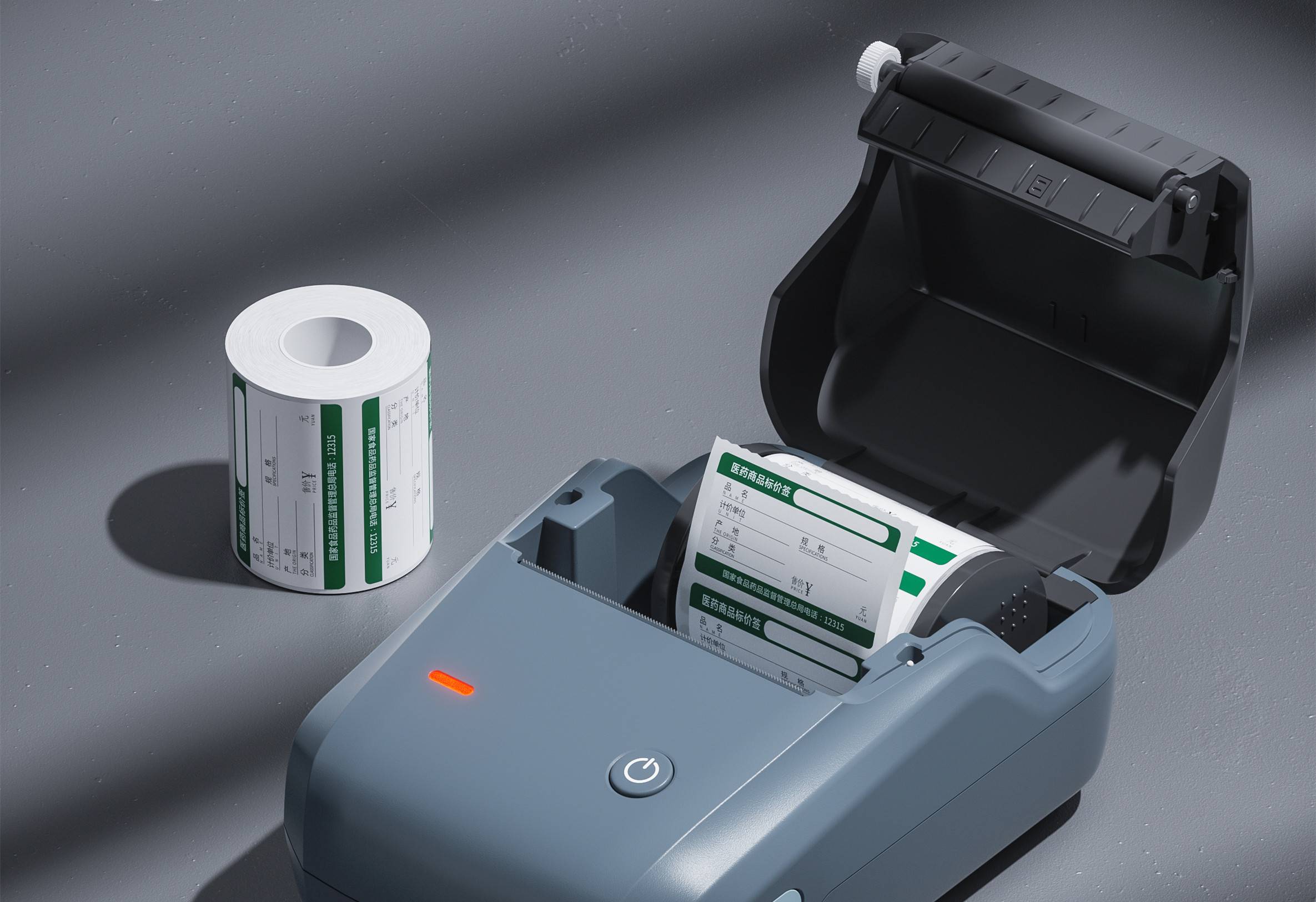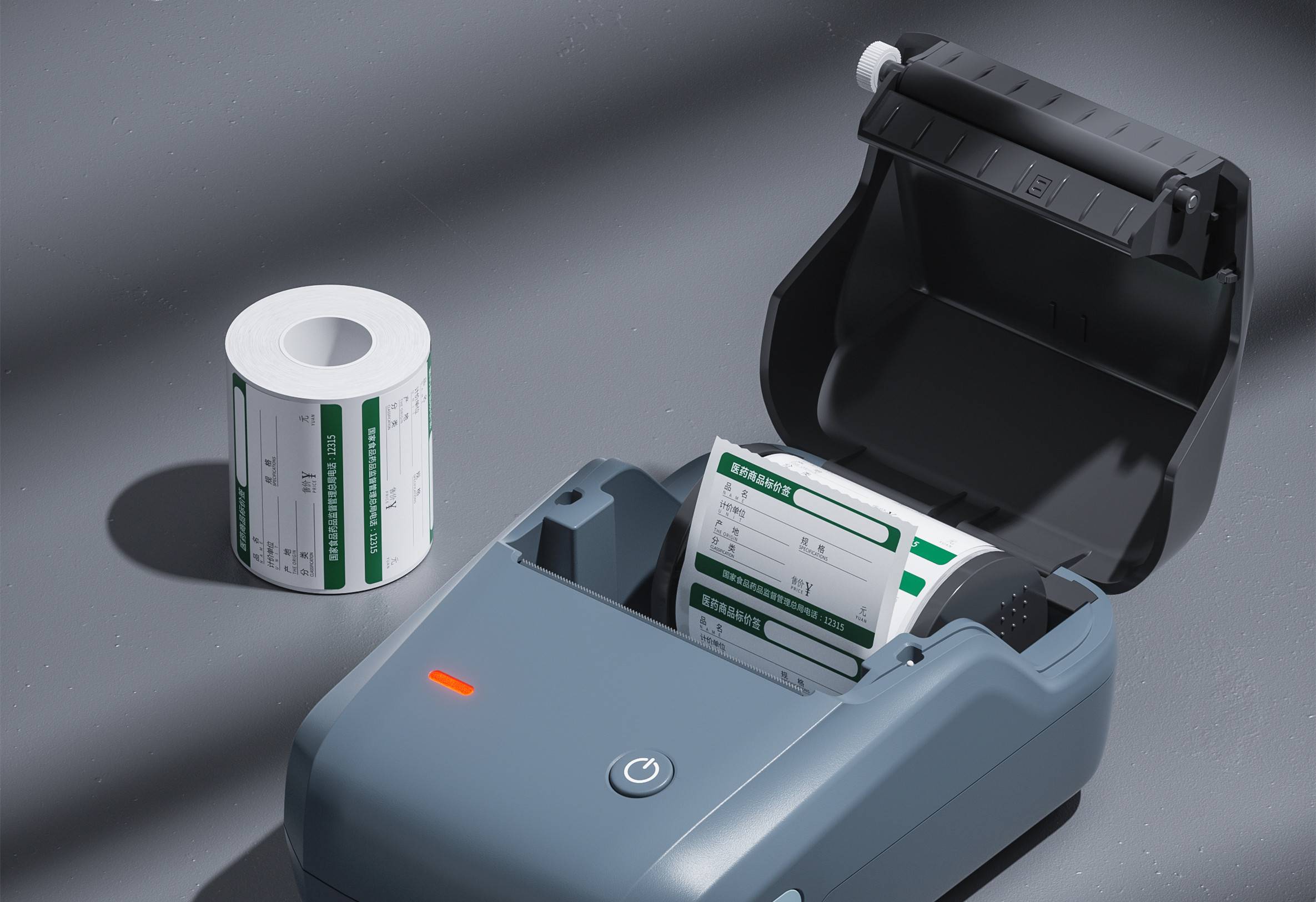
Project Introduction
The three comprehensive test is a comprehensive test in which three environmental stresses of temperature + humidity + vibration are applied at the same time. The effect of the integrated environment can reflect the performance of the product in field use more realistically and practically, and it can expose the defects of the product more.
The application of a separate environmental stress on the product can excite the failure of the product, then the application of three different environmental stresses on the product can easily achieve 3-5 times the acceleration effect. At the same time, by synthesizing different environmental stresses, failures that cannot occur when individual stresses are applied can also be stimulated.
In the comprehensive test of simultaneous application of three stresses of temperature, humidity, and vibration, from the mechanism of failure, the temperature cycling product internally expands and contracts due to the difference in material expansion coefficient, and loosens at the joint. Humidity, moisture will invade through the gap, so that the friction coefficient of the joint and the connection is reduced. When vibration stress is applied, the resonance phenomenon of the product will occur with respect to a specific frequency. Through this repeated process of movement, moisture absorption, freezing, and resonance, new failure modes (caused by the greatly accelerated single-factor failure mode and the combined effect of the three factors combined) are made possible.
Application range
The three comprehensive tests of temperature, humidity and vibration are widely used in the complete machines and parts of aviation, aerospace, military, electrical, electronic and other products. 3. Comprehensive testing is an important test method that is indispensable to the whole process of product and material development, prototype testing, and product qualification testing.
Method Standard
Three comprehensive test standard references: GB/T2423.35, GB/T2423.36, IEC/EN60068-2-50; IEC/EN60068-2-51.

Label printers entering the Brazilian market, ANATEL certification is an essential passport! It is the recognition of the Brazilian Telecommunications Authority for the safety and compliance of electronic products, without which products cannot be legally sold.

SRRC certification is not only a guarantee of product compliance, but also a key to opening up the market.

FCC ID certification is a mandatory certification for electronic products by the Federal Communications Commission (FCC) in the United States, and it is essential for label printers to obtain this certification.
The three comprehensive test is a comprehensive test in which three environmental stresses of temperature + humidity + vibration are applied at the same time. The effect of the integrated environment can reflect the performance of the product in field use more realistically and practically, and it can expose the defects of the product more.
Get a quote